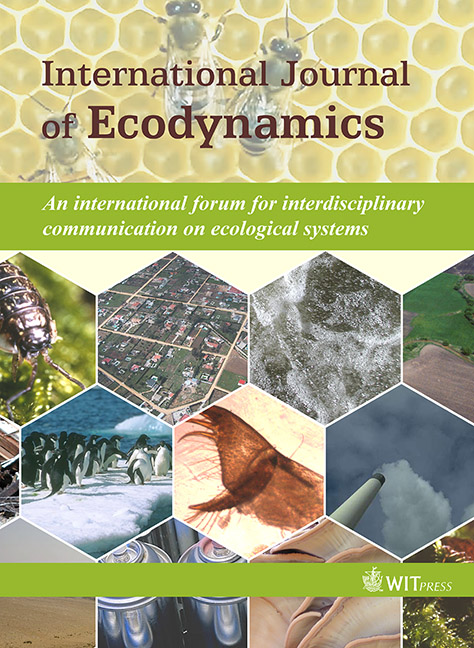Long-term agrochemical dynamics: engineering, application and challenges of calcareous sapropel as a soil fertilizer
Price
Free (open access)
Volume
Volume 2 (2007), Issue 2
Pages
8
Page Range
108 - 116
Paper DOI
10.2495/ECO-V2-N2-108-116
Copyright
WIT Press
Author(s)
C.A. Booth, E. Baksiene, M.A. Fullen, A. Ciunys
Abstract
Sapropel (a lake-derived organic-rich mud) has been utilized as a soil fertilizer on sandy and loamy Cambisols in Lithuania. Replicated treatments (including sapropel at 200 t ha-1) were applied to crop rotations (maize, barley, clover, winter rye, potatoes and oats) and long-term influences on soil physico-chemical properties and crop yield examined. Soil agrochemical properties were evaluated before (1984–85) and after the end of the first (1989–90), second (1995–96) and third (2001–02) crop rotations from four treatments and four replicates. Results reveal that, in most cases, there are notable increases in soil pH, total absorbed bases, available phosphorus and potassium and soil organic matter content after each crop rotation. Moreover, results show that sapropel can improve crop productivity to comparable levels as manure-fertilized soils. This indicates that there are long-term benefits of sapropel applications, namely improvements in soil properties and associated influences on crop productivity. However, sapropel extraction and application requires sound environmental management of the risks involved so as to provide safe, practical, commercial and sustainable resources for the countries with these deposits. Management should accord with EU directives on soil, water and farming practices.
Keywords
agrochemical properties, carbon sequestration, crop yield, environmental engineering, eutrophication, Lithuania, soil fertility




